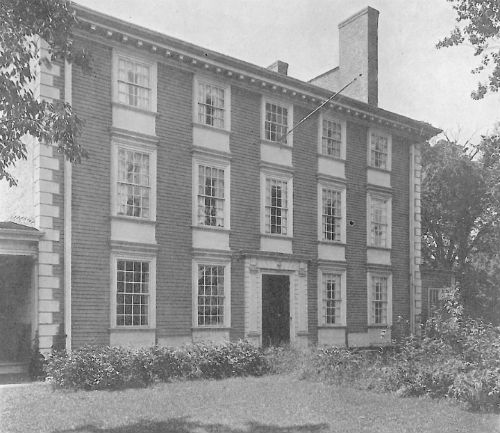Volume I, Issue II of the White Pine Monographs explores the colonial houses of the early 18th century in New England, which were primarily constructed using locally grown and milled Eastern White Pine. The simple, unornamented structures that were common during that period focused on ease of heating in the winter, and of defending against enemies, “climactic and human.”
These two major considerations produced houses with small rooms and low ceiling heights with principal supports hewn from native timber. The heavy support beams made the houses so strong, many of them are still standing today. Writes Frank Choteau Brown, an expert in colonial architecture, “When these structures have remained unaltered by succeeding generations, they are rarely anything but beautiful in their direct outlines and sturdy proportions; the composition of sky-line and chimney with the ground contour, and the grouping and proportions of the wall openings being always notably successful.”
Brown notes that the early carpenters producing these homes did occasionally take an opportunity to show off their skill in entrance doorways, mantels or staircases. The area around the central chimney was always one of the most spacious and well-thought-out areas of the home, as it’s where people spent most of their time.
Read about these colonial houses at the White Pine Monograph Library, a series published in the 1940s which has been made available by NELMA.




